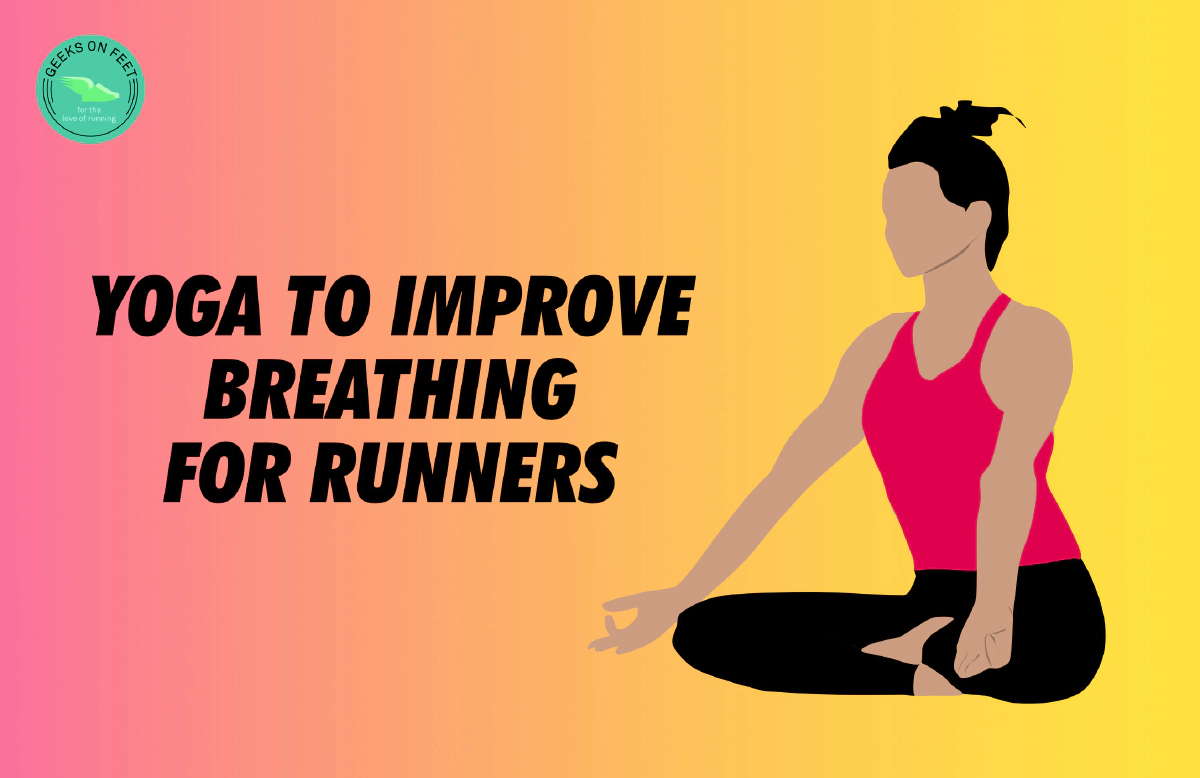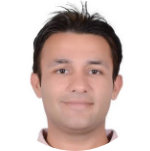
Humans can last weeks without food, days without water, but just a few minutes without air, and yet we underestimate the power of breath, presuming there is nothing we can do to improve it. We can all improve our breathing, just like we can improve our diet, running form, muscle health, speed, and endurance.
From birth to death, we inhale and exhale constantly. Breathing is both voluntary and involuntary; while we may not breathe consciously all the time, we all do, and we may change how we inhale and exhale if we want to. The ability to change our breathing pattern is a great benefit that allows us to improve our breathing when running as well.
Inspiratory muscles and expiratory muscles are the two types of breathing muscles. During inhalation, the inspiratory muscles are employed. Because expiration is rather passive, the inspiratory muscles work significantly harder than the expiratory muscles. As a result, they are more susceptible to exhaustion. Inhaling against resistance is one approach to strengthen these inspiratory muscles. While nasal breathing already provides more resistance than mouth breathing, you may take it a step further by wearing a resistance mask like the SportsMask, which has an adjustable valve opening. This valve, like any other progressive muscle training program, provides the mechanism for conditioning the respiratory muscles. Inspiratory flow resistive loading, or IFRL, is the name of the technique. Your breathing muscles' strength can be increased by up to 50% with IFRL.
Info
It’s a common myth that CO2 is a waste gas. That is, in fact, a misrepresentation. The brain is triggered to take a breath by an increase in CO2 in the blood, not by a reduction in O2. The length of time a person can hold their breath until the brain commands them to breathe again is determined by their CO2 tolerance
Info
Breathing exercises (Pranayama), particularly breath holds following exhale, are another approach to strengthen the breathing muscles. The practice of holding one’s breath induces an air thirst and changes in the blood’s acid-base balance. Because the body is unable to eliminate excess carbon dioxide from the lungs during the breath-hold, the cells continue to struggle to distribute oxygen. Hypercapnia (excess carbon dioxide in the blood) and hypoxia (insufficient oxygen in the blood) are the results. The diaphragm transmits signals to the brain to allow breathing to restart and blood gas levels to return to normal. As the breath-hold continues and the diaphragm contracts, again and again, these messages grow more urgent. The diaphragm muscle, which is the major muscle of the respiratory ‘pump,’ gets a good workout from this.
A study published in the Journal of Evidence-Based Complementary and Alternative Medicine (2009) found that pranayama breathing decreased cortisol (the stress hormone) and increased melatonin, the ‘antidote’ to cortisol, a neurohormone linked to lower stress and better sleeping patterns. Cortisol in the body causes stress, whether it’s from a long week at work or a PB-breaking run. Cortisol levels rise, leaving you open to free radicals, which damage at the cellular level and impair your immune system. On both a physiological and psychological level, pranayama breathing may help you enhance your running.
Below are some Yogic breathing (Pranayama) that will help to adopt nose/diaphragmatic breathing, improve lung capacity, CO2 tolerance, reduce stress, promote recovery, and enhance energy and vitality -
Sit comfortably in a cross-legged posture, inhale through the nose and notice the abdomen moving outwards as you exhale the abdomen should sink in. Consider this like an action of inflating and deflating a balloon, the stomach is this case. If you find it hard to practice this while being seated, lie down on the floor in the supine position and practice the same, do observe the movement of the stomach up and down, it ensures that the diaphragm is being engaged in the right order of breath. Start with 1-minute practice and slowly progress to 3 minutes. Repeat 3 times.
The right lung has 3 lobes, and the left lung has 2 as the heart takes up some space. Yogic breathing utilizes all lobes of both lungs. To practice, take a comfortable seated posture and inhale through the nose and notice the outward movement in the abdomen, inhale further and notice the subtle outward and upward movement in the chest, finally inhale further and observe subtle outward and upward movement in the upper chest and clavicular region (collar bones). Exhale in the reverse order first relaxing the collar bones / upper chest then the chest and lastly the abdomen. This practice will train the berating muscles and make them stronger and help increase lung capacity.
Start with 1-minute practice and slowly progress to 3 minutes. Repeat 3 times.
It’s not pranayama but an effective preparatory practice for pranayama. Normally, hyperventilation is not a recommended breathing practice and can have adverse effects causing dizziness and other symptoms. However, studies have shown that in yogic rapid breathing techniques like Kapalbhati, the negative effects do not manifest.
Sthiti: Any meditative posture eg Suḳāsana/Padmāsana/Vajrāsana
Technique:
Breathing: Exhale forcefully by pulling in the abdominal muscles without making any unnecessary movements in the chest or shoulders. Throughout the practice, inhalation should remain passive. The number of repeats and the count can be steadily raised over time.
Number of repeats: Beginners can practice up to 3 repeats of 20 breaths each. The count and repeats can be increased gradually over a period of time.
Caution: If you have giddiness, high blood pressure, vertigo, persistent bleeding in the nose, epilepsy, migraine, stroke, hernia, or stomach ulcers, please avoid this practice
The significant aspect of this Pranayama is alternating breathing from the left and right nostrils, either with or without breath retention (Kumbhaka).
Sthiti: Any meditative posture.
Technique
Ratio and timing:
Breathing: The breath should be slow, steady, and controlled. It should not be forced or restricted in any way.
Sheetali means cooling. It also means calm and passionless. As the name implies this pranayama cools the mind-body system. It is specially designed to reduce body temperature. This pranayama not only cools the physical body but also helps to quiet the mind.
Technique:
Caution:
Bhramari comes from the word bhramara, which meaning “black bee.” During the practice of this pranayama, the sound produced resembles the buzzing of a black bee.
Sthiti: Any meditative posture.
Technique:
Caution: Please avoid this practice in you have a nose or ear infection.
Advanced yogic techniques that constrict specific body areas while holding breath after inhalation/exhalation should only be done under the supervision. These are not further explained here, and it is suggested that you work with a qualified yoga instructor.
There are four major bandhas:
Books

Sumit is an internationally qualified Yoga Scholar and a Running Coach who lives by the mantra “Athletes first, winning second.” He is an avid runner and a yoga practitioner himself, has seen the effects of endurance sports on the body and how yoga can help. His passion for both running and yoga has inspired him to create a yoga curriculum specifically for runners. He has worked with a number of athletes and running clubs, in incorporating Yoga into their training regimens, improving athletic performance and enhancing recuperation. Sumit worked in the past as national head for Yoga at Cure.fit, and as Running Coach for HRX Run Club & Cure.fit). You can read more about him at www.YogiOnRun.com